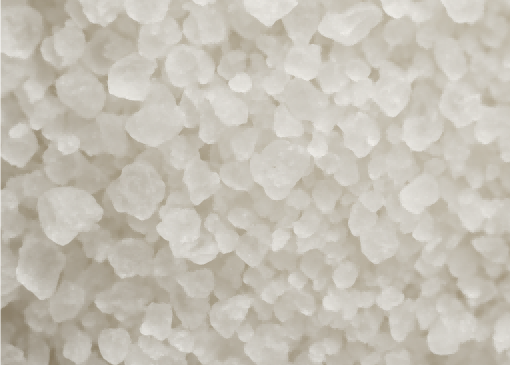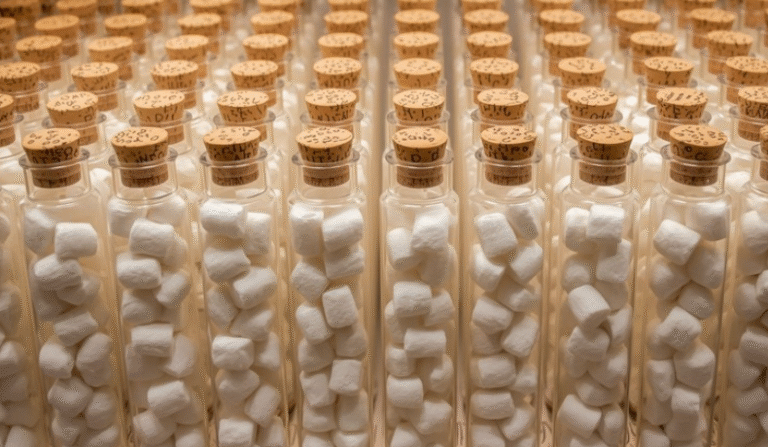Mesin Pengedap Isi Borang Mendatar (HFFS) ialah sejenis peralatan pembungkusan yang digunakan untuk mencipta kantung atau beg fleksibel, mengisinya dengan produk, dan kemudian menutupnya. Ia biasanya digunakan dalam industri makanan, farmaseutikal dan barangan pengguna untuk membungkus pelbagai jenis produk seperti makanan ringan, cecair, serbuk dan banyak lagi.
Berikut ialah gambaran keseluruhan cara mesin HFFS automatik berfungsi:
- Filem berehat dan kawalan ketegangan: Mesin dimulakan dengan gulungan filem pembungkusan fleksibel, yang dilepaskan daripada kekili. Peranti kawalan ketegangan membantu mengekalkan ketegangan yang betul pada filem kerana ia disalurkan melalui mesin.
- Membentuk: Filem disuap melalui pemasangan membentuk, yang membentuk filem menjadi tiub berterusan. Ini biasanya dilakukan menggunakan kolar pembentuk (juga dikenali sebagai bahu pembentuk atau tiub pembentuk) yang membalut filem itu di sekelilingnya, dengan tepi filem itu bertindih.
- Pengedap: Setelah filem terbentuk menjadi tiub, mekanisme pengedap menegak (biasanya bar pengedap yang dipanaskan atau sistem pengedap ultrasonik) mengelak tepi filem yang bertindih, mewujudkan "pengedap sirip" yang berterusan di sepanjang bahagian belakang tiub.
- Pengisian: Semasa tiub filem bergerak melalui mesin, sistem pengisian (seperti pengisi gerimit, pengisi omboh atau pengisi isipadu) mengeluarkan produk ke dalam tiub. Sistem pengisian disegerakkan dengan pergerakan filem untuk memastikan pengisian yang tepat dan konsisten.
- Pengedap dan pemotongan mendatar: Selepas produk diisi ke dalam tiub, mekanisme pengedap mendatar (sekali lagi, biasanya bar pengedap yang dipanaskan atau sistem pengedap ultrasonik) mencipta pengedap melintang di atas dan di bawah produk, membentuk kantung individu. Pada masa yang sama, mekanisme pemotongan (seperti pisau atau pemotong berputar) memisahkan kantung antara satu sama lain.
- Pelepasan dan percetakan pilihan: Kantung yang telah siap kemudian dilepaskan dari mesin, biasanya ke tali pinggang penghantar atau ke dalam tong pengumpulan. Sesetengah mesin HFFS juga termasuk sistem percetakan pilihan yang boleh mencetak maklumat produk, kod bar atau data lain terus ke kantung semasa proses pembungkusan.
Keseluruhan proses adalah automatik dan biasanya dikawal oleh pengawal logik boleh atur cara (PLC) atau sistem kawalan berkomputer lain. Ini membolehkan pengendali melaraskan pelbagai tetapan dengan mudah, seperti suhu pengedap, volum pengisian dan kelajuan mesin, untuk menampung bahan pembungkusan, jenis produk dan keperluan pengeluaran yang berbeza.
Ringkasnya, mesin HFFS automatik berfungsi dengan membuka filem fleksibel, membentuknya menjadi tiub berterusan, mengedap tepi, mengisi tiub dengan produk, mengelak dan memotong kantung individu, dan akhirnya melepaskan kantung yang telah siap. Prosesnya pantas, cekap dan serba boleh, menjadikan mesin HFFS sebagai bahagian penting dalam banyak rangkaian pembungkusan moden.





